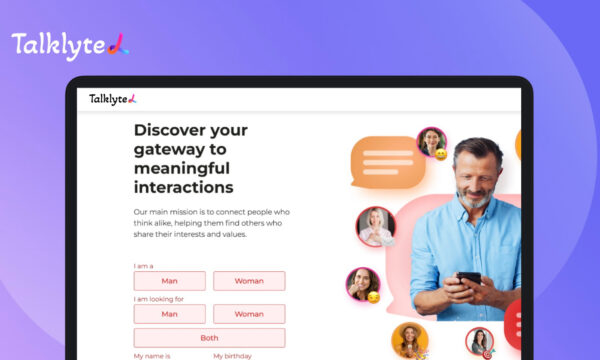Other impressive mobile operating systems beside Android & iOS

Since Apple iOS and Android made an impressive breakthrough in the mobile industry, the two operating systems have remained the most popular duo in the sector. They’ve dominated the mobile market and will continue to do so with Android’s backing of Google and open source and iOS’s backing of Apple.
These two have dominated the market so much that the average guy doesn’t even know if another mobile OS exists outside of them, and if they can be used to access sites like non-GamStop casino UK. This is not surprising considering how the Android operating systems are integrated into many devices including IoT devices, cars, TVs, and several other devices. What are the different mobile operating systems besides Apple and Google’s mobile systems? Here are five of them.
KaiOS
KaiOS can be considered a good alternative to Android and Apple operating systems, as a feature phone. It is a Linux-based OS forked from Firefox OS, which was discontinued, and it can operate on devices with as little as 256MB of RAM. Despite being a lightweight operating system, KaiOS can serve its purpose without leaving out important features.
It operates its app store, KaiStore, where users will have access to over 500 apps including Facebook, Google Assistant, Google Maps, Whatsapp, YouTube, and many more. You’ll also find some lightweight games at its app store. However, not many are aware of these mobile devices with hundreds of models spread across the globe. Phones running on its operating system start at $10, and its most popular model is the JioPhone which costs around $20-25.
Sailfish OS (Sailfish)
This veteran in the alternative OS space boasts a unique heritage. Built on Linux, Sailfish offers a distinct visual style and intuitive gesture-based controls. A key selling point is its ability to run Android apps through a dedicated solution, providing a familiar touch for those transitioning. Security is a priority, with user data fully encrypted and all traffic running behind a firewall with VPN support. Currently, Sailfish OS is compatible with Sony Xperia phones and the Gemini PDA.
Ubuntu Touch
Ubuntu Touch prioritizes user trust and data control. This open-source project benefits from a vibrant community constantly testing, experimenting, and contributing. The user interface mirrors the familiar Ubuntu desktop layout, meticulously optimized for touchscreens. Security is paramount, with UBports assuring users that data remains on-device unless explicitly authorized for transfer. Device support is impressive, with official compatibility for PinePhone, PineTab, Fairphone, Volla phones, and some older Nexus and OnePlus models. An extensive library of essential apps, including camera, music, and communication tools, ensures a smooth user experience.
Mobian
This newcomer takes a Debian-based approach to mobile OS. While device support is still growing, Mobian offers a compelling alternative for PinePhone, Poco F1, OnePlus 6, and select other devices. Unlike Android, Mobian focuses on native Linux apps. The surprisingly polished UI and inclusion of essential apps like a calculator, camera, and calling functions make it a user-friendly option. Terminal access allows for deeper system interaction for those comfortable exploring further. Although Android app support is currently absent, Mobian remains a promising contender in the mobile OS landscape.
Conclusion
These are four of the best mobile operating systems besides, if you’re feeling the spirit of adventure in the mobile industry, you should try out some of these OS, especially the Unbuntu Touch which is largely known for its security. Then proceed to try out the newcomer Mobian and Sailfish OS before buying a small smartphone with the KaiOS. Who knows, you may find a favourite among them.
The editorial unit



















Facebook
Twitter
Instagram
YouTube
RSS